SUMMARY
This is AI generated summarization, which may have errors. For context, always refer to the full article.
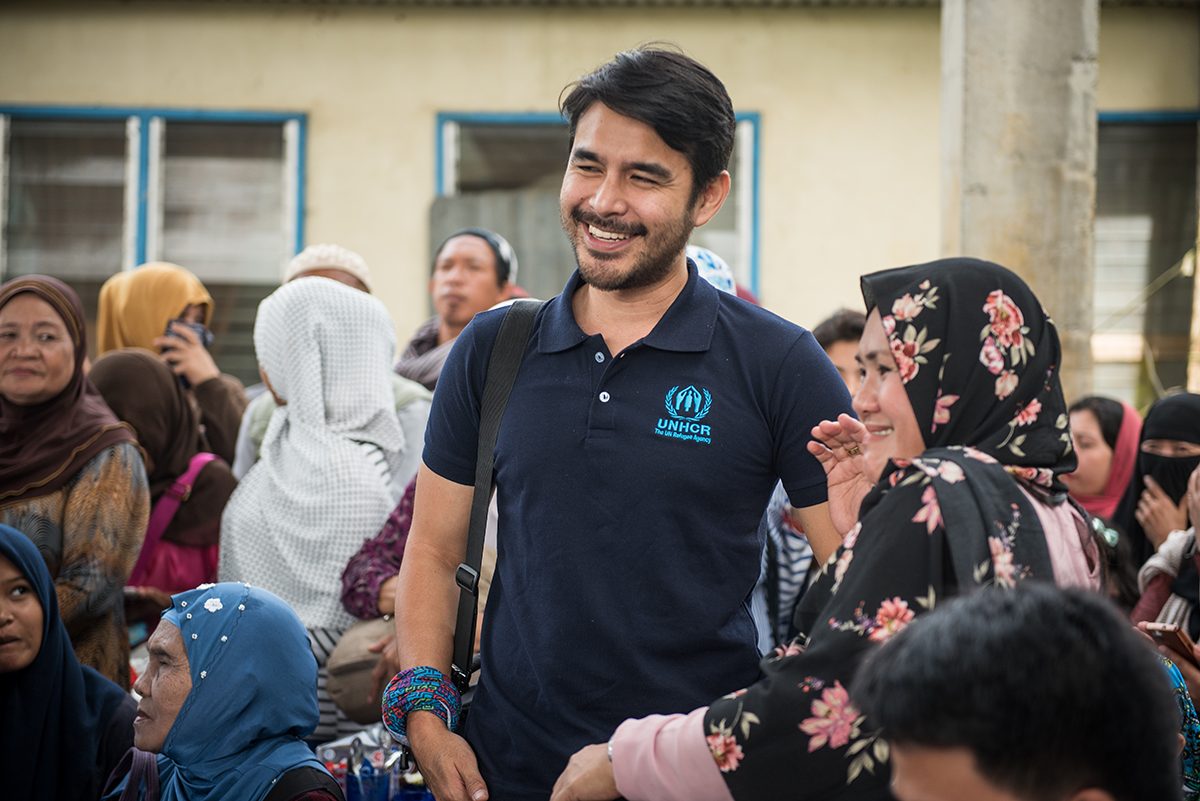
MARAWI CITY, Philippines – Two months since the liberation of Marawi from local armed groups whose leaders pledged allegiance to the international terrorist network Islamic State (ISIS), affected families continue to face challenges posed by their displacement.
“Marawi may have been liberated, but many of those displaced have yet to take the first step on the long road to recovery,” said Yasser Saad, head of the Philippine office of the United Nations High Commissioner for Refugees (UNHCR).
“We are working closely with local and national government bodies, including the multi-agency Task Force Bangon Marawi, to put the needs of the displaced families and returnees at the heart of the rehabilitation plan for the city,” he added.
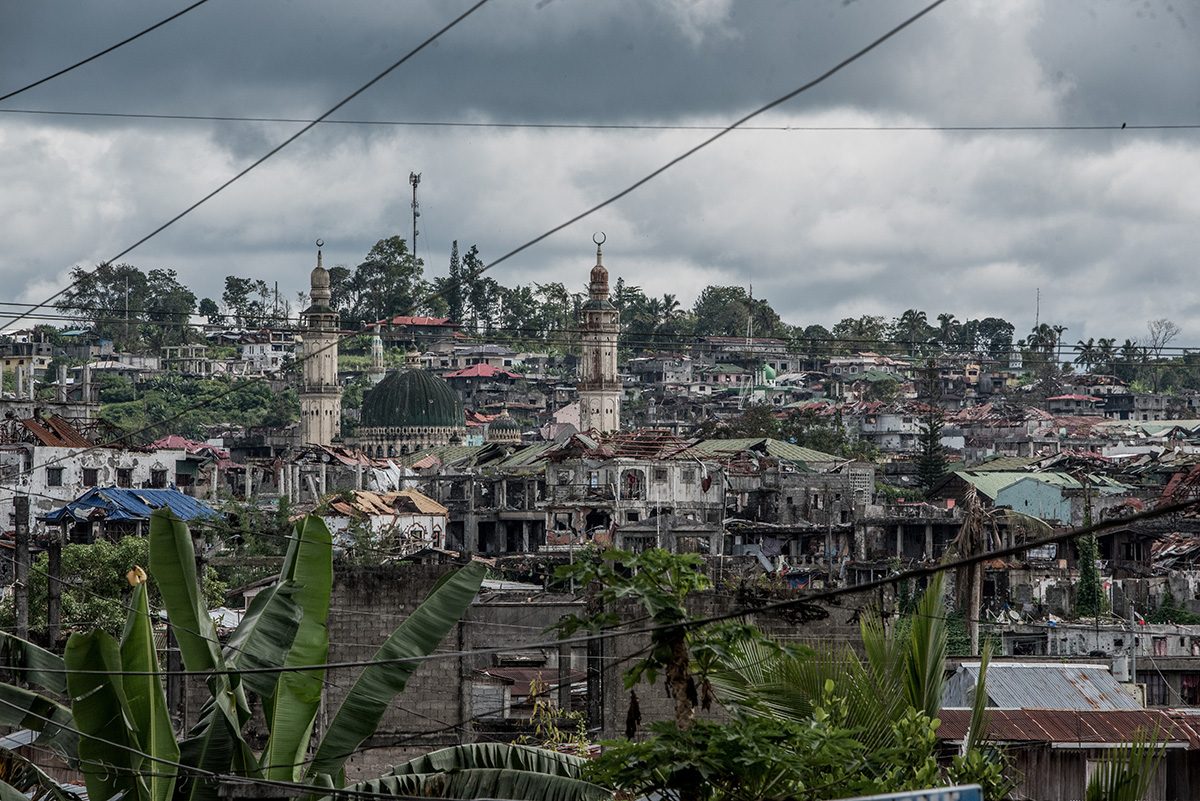
Marawi residents had put their lives on hold since the conflict erupted in May 2017. Breadwinners lost their jobs and livelihood, children were forced to stop schooling, and families that resided in the main battle area were left homeless.
But the city is slowly coming back to life. A few villages have been cleared for the safe return of residents.
In various conversations with the humanitarian workers of the UN Refugee Agency, many displaced families expressed optimism that they will recover from the devastation with the help of fellow Maranaos and other generous Filipinos.
Gift of hope
UNHCR calls on the public to continue standing in solidarity with the people of Marawi City, sharing with them the gift of hope.
“Especially now that it’s Christmas – the season of giving – we would like to appeal to everyone to donate to UNHCR for the benefit of the internally displaced persons (IDPs) from here in Marawi and also for refugees around the world who might need help,” UNHCR advocate and broadcast journalist Atom Araullo.
Araullo joined the UNHCR team in a recent visit to a community that was affected by the armed conflict. See some of the photos from their humanitarian mission below:
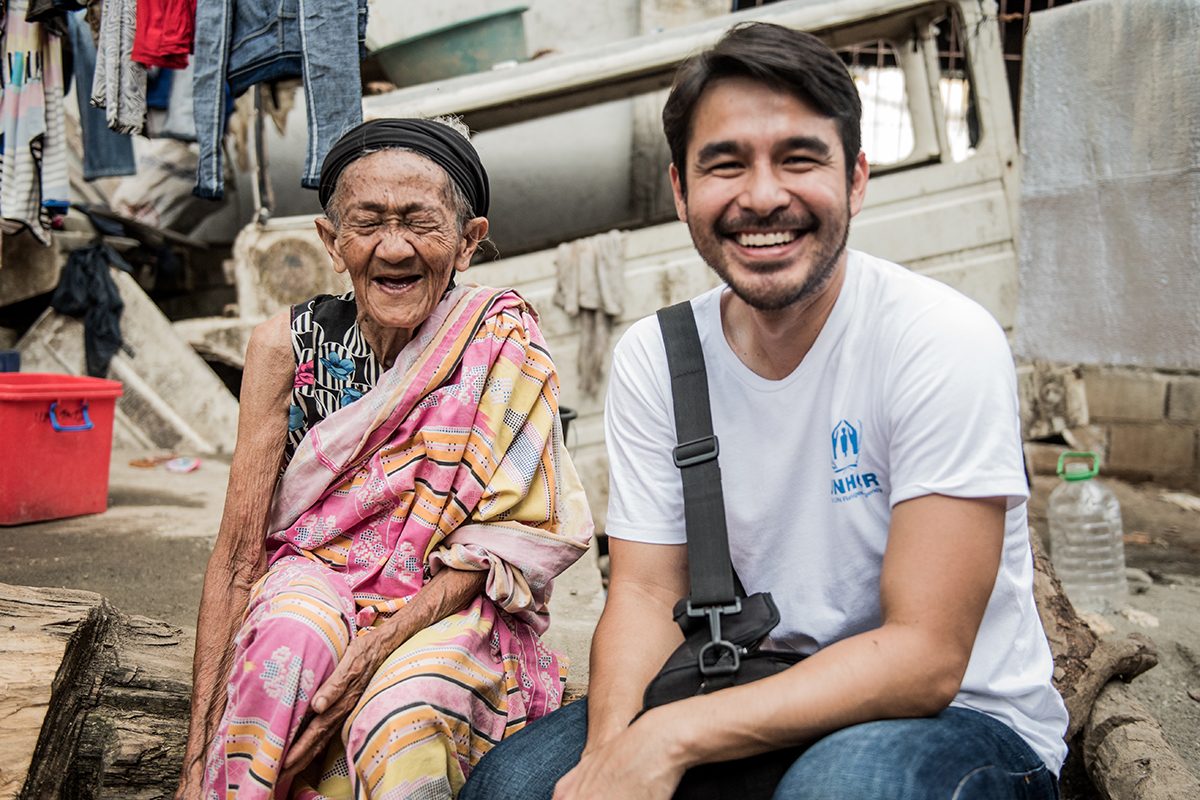
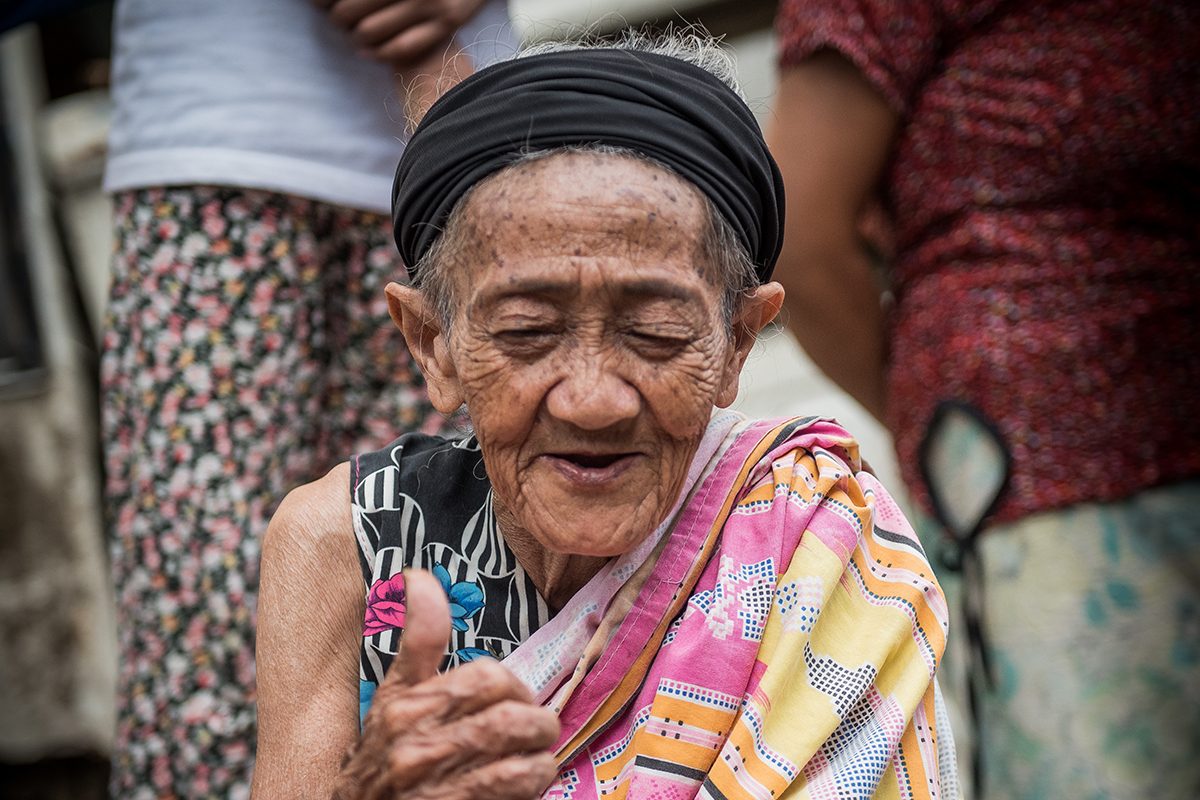
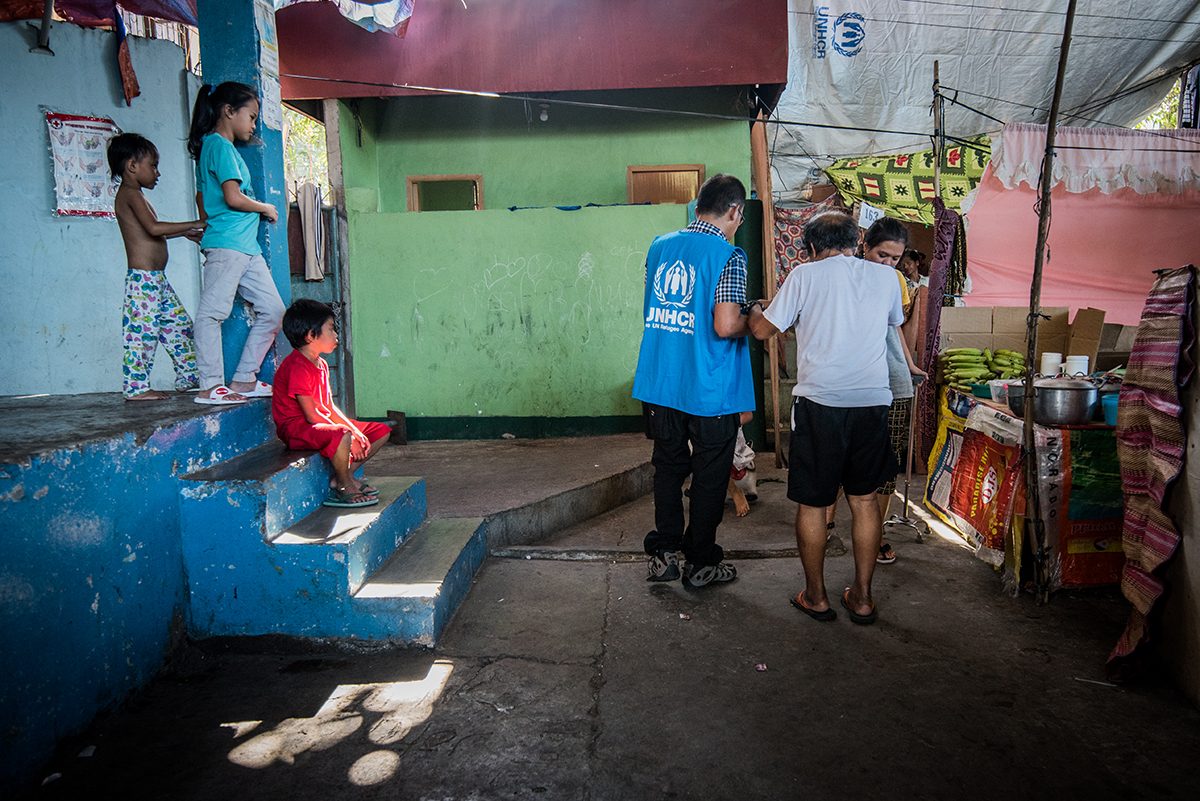
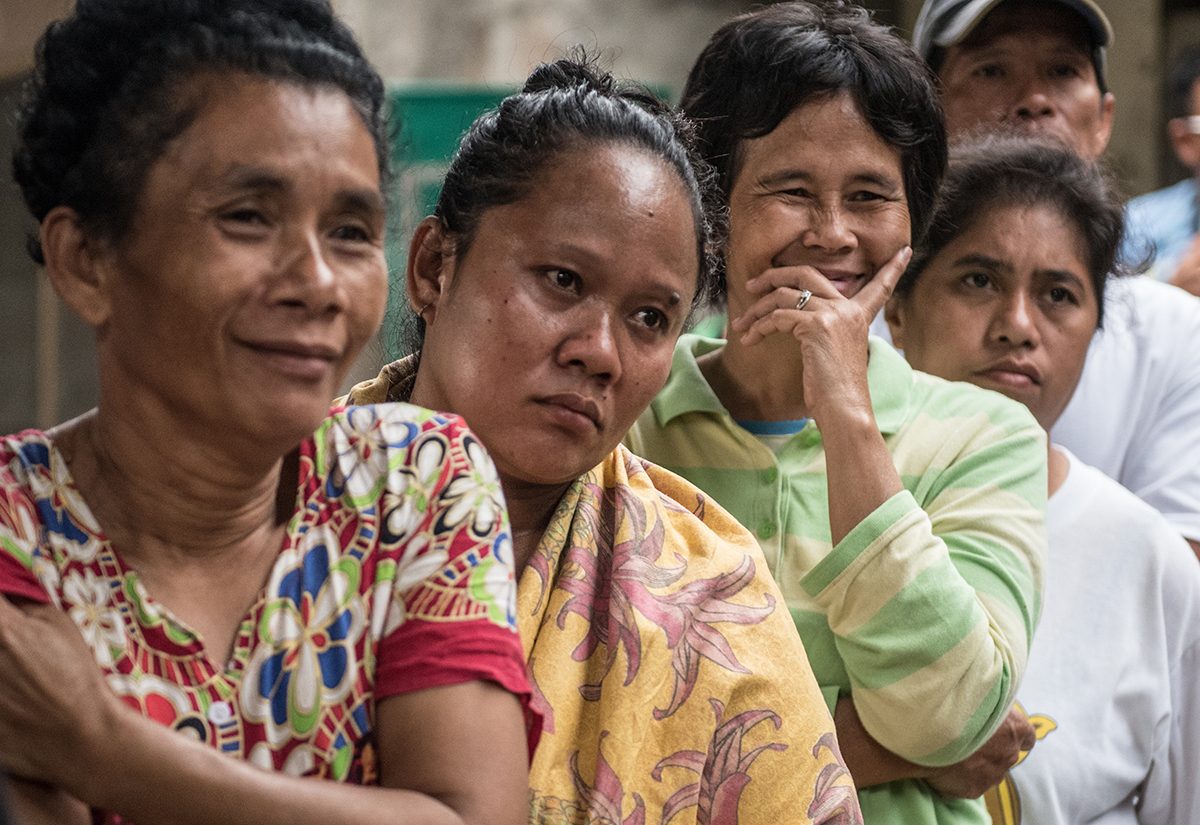
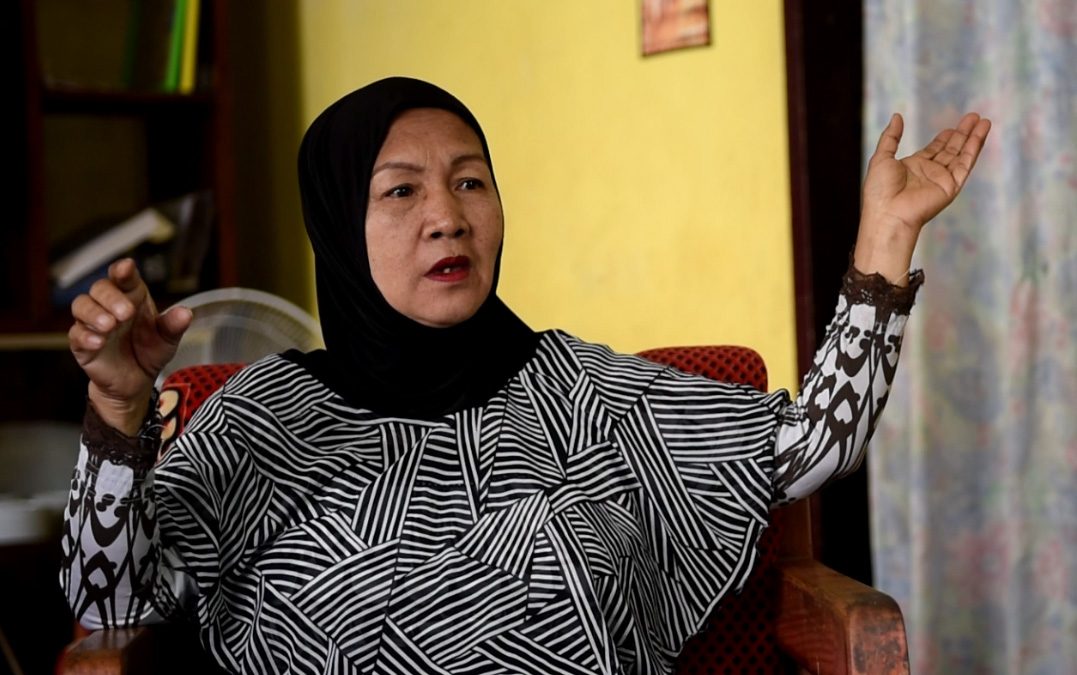
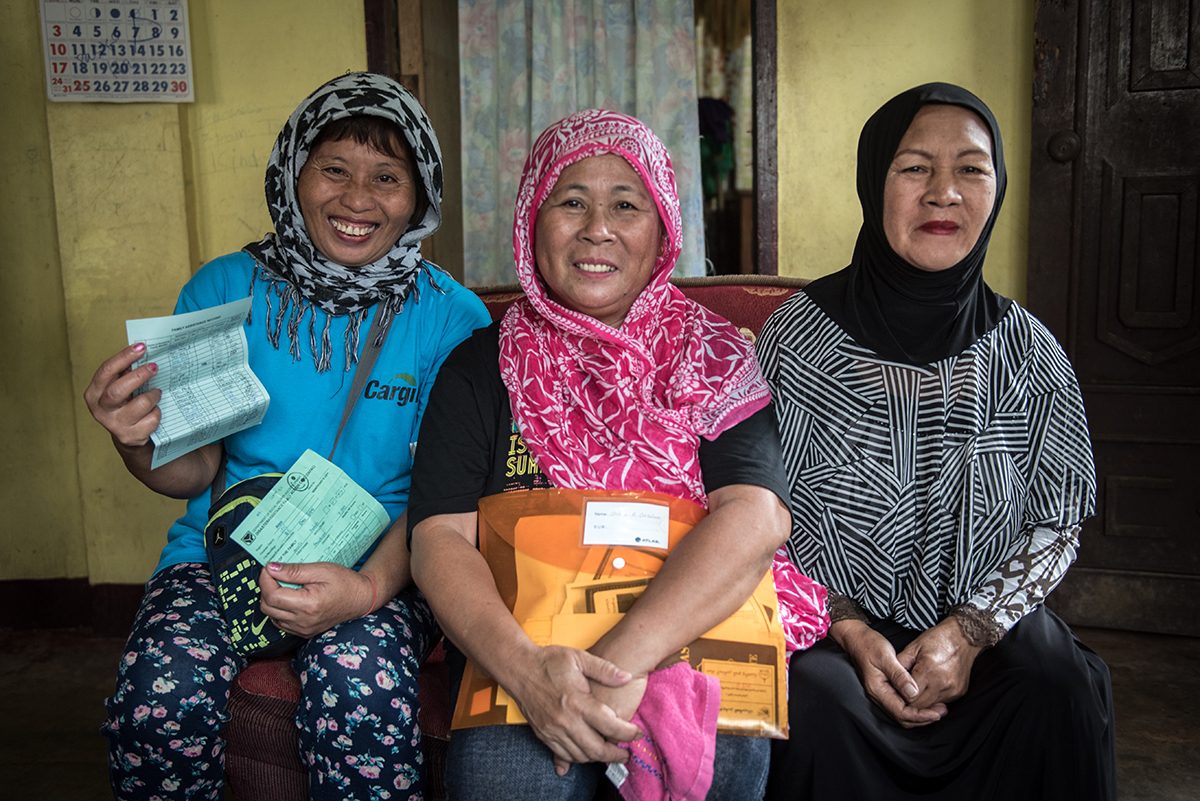
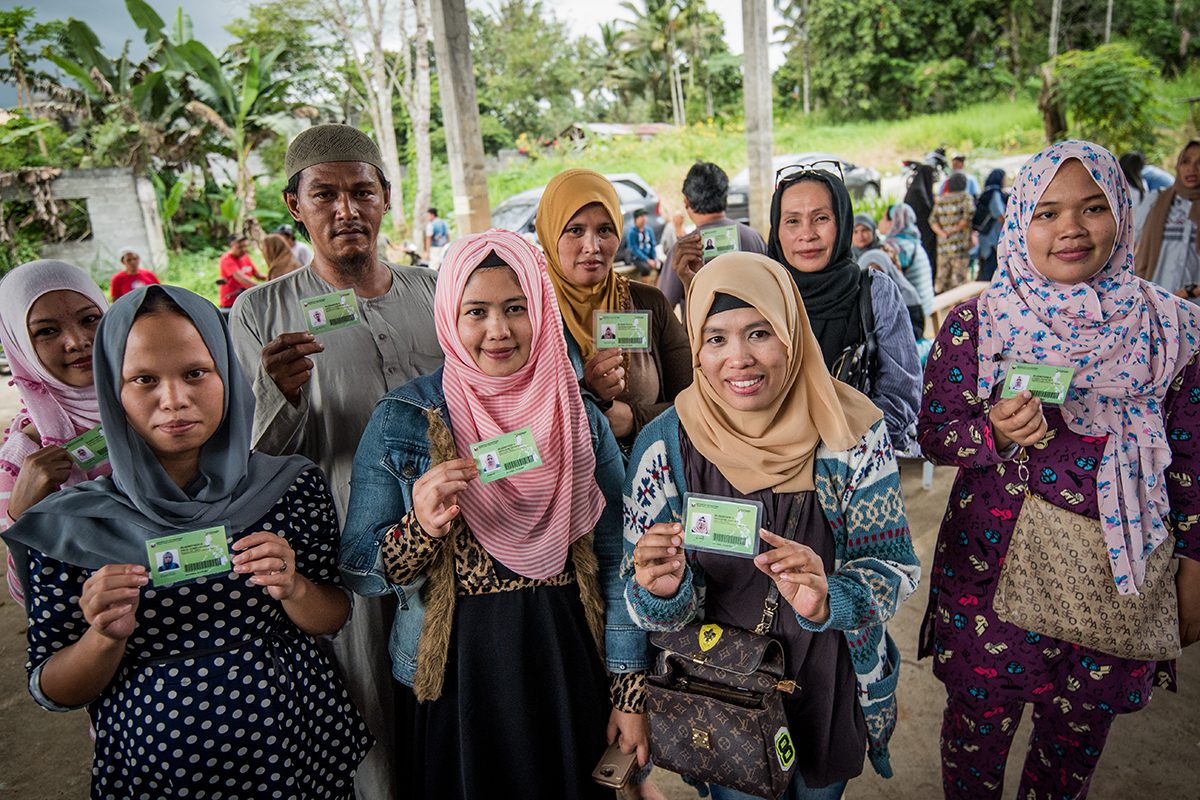
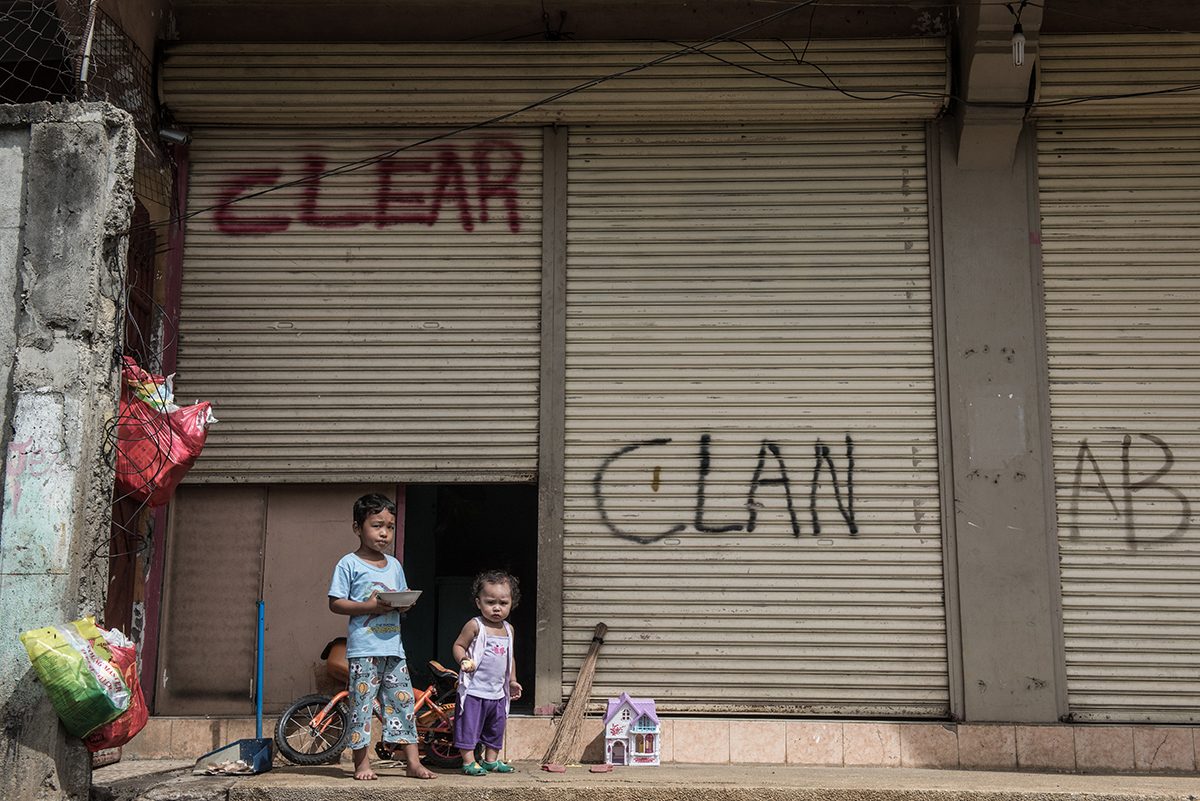
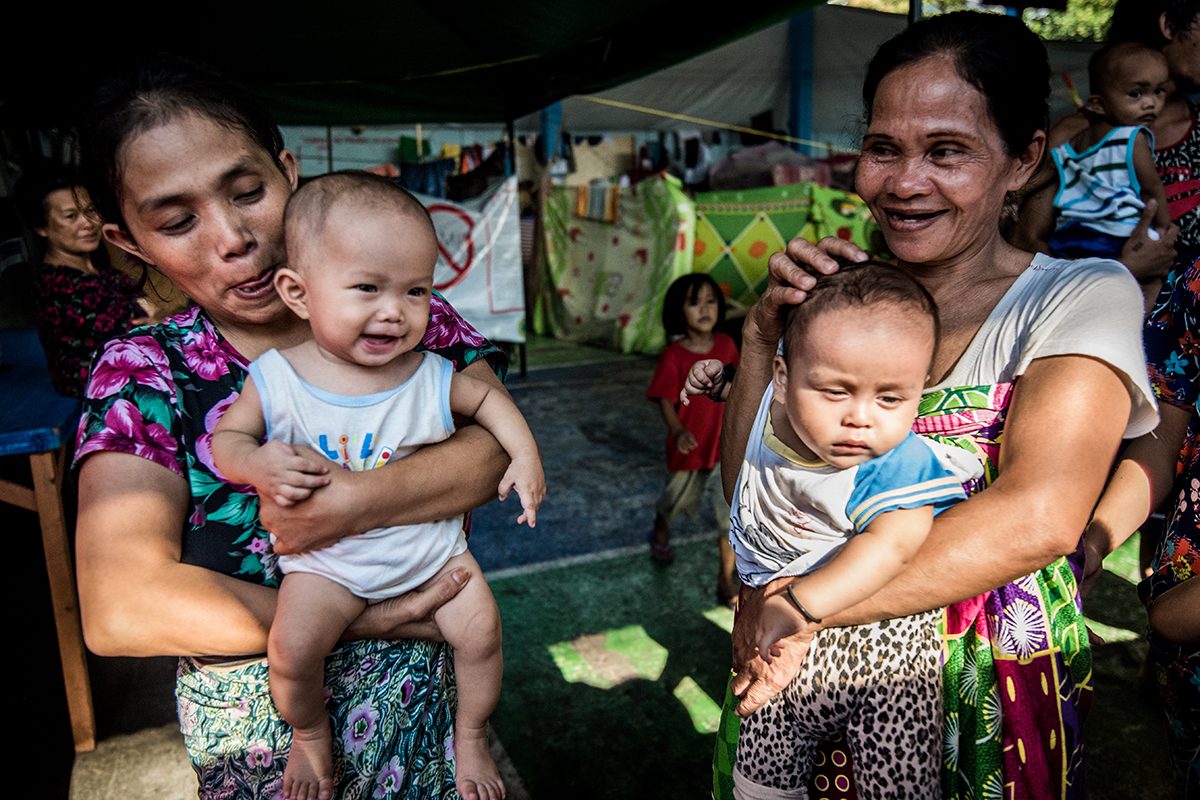

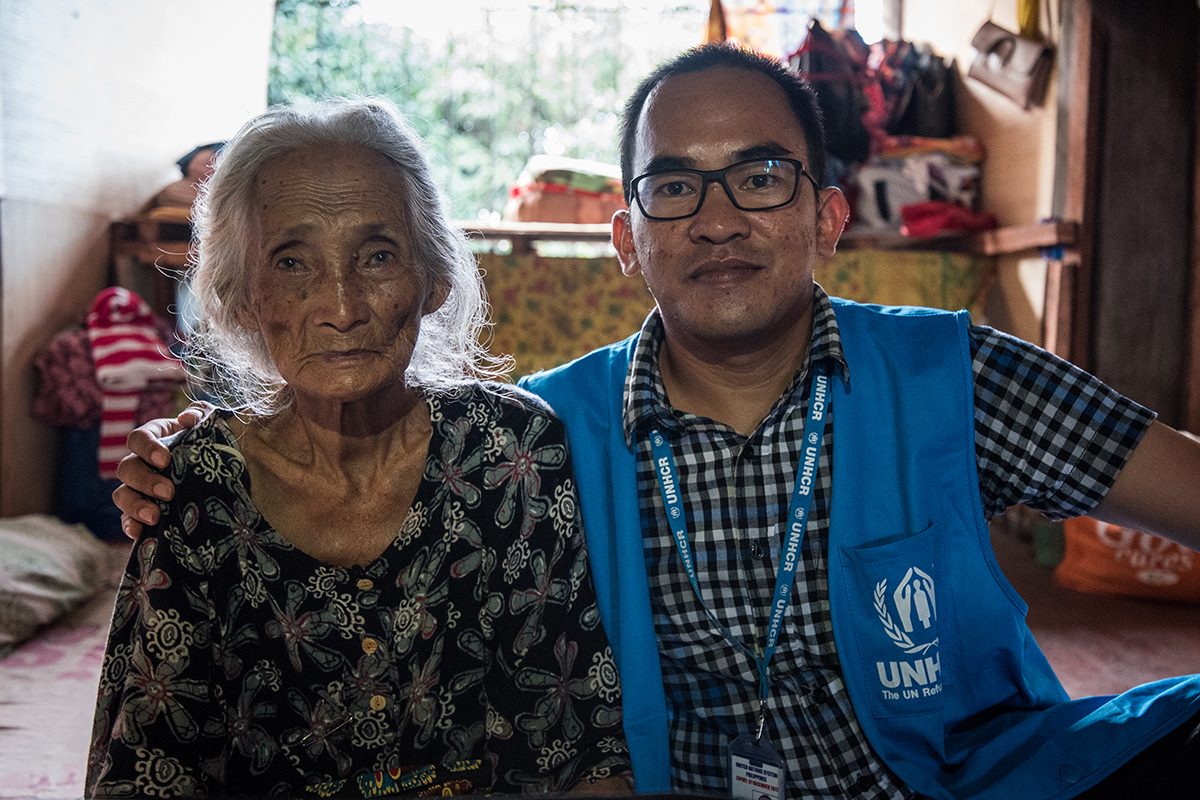
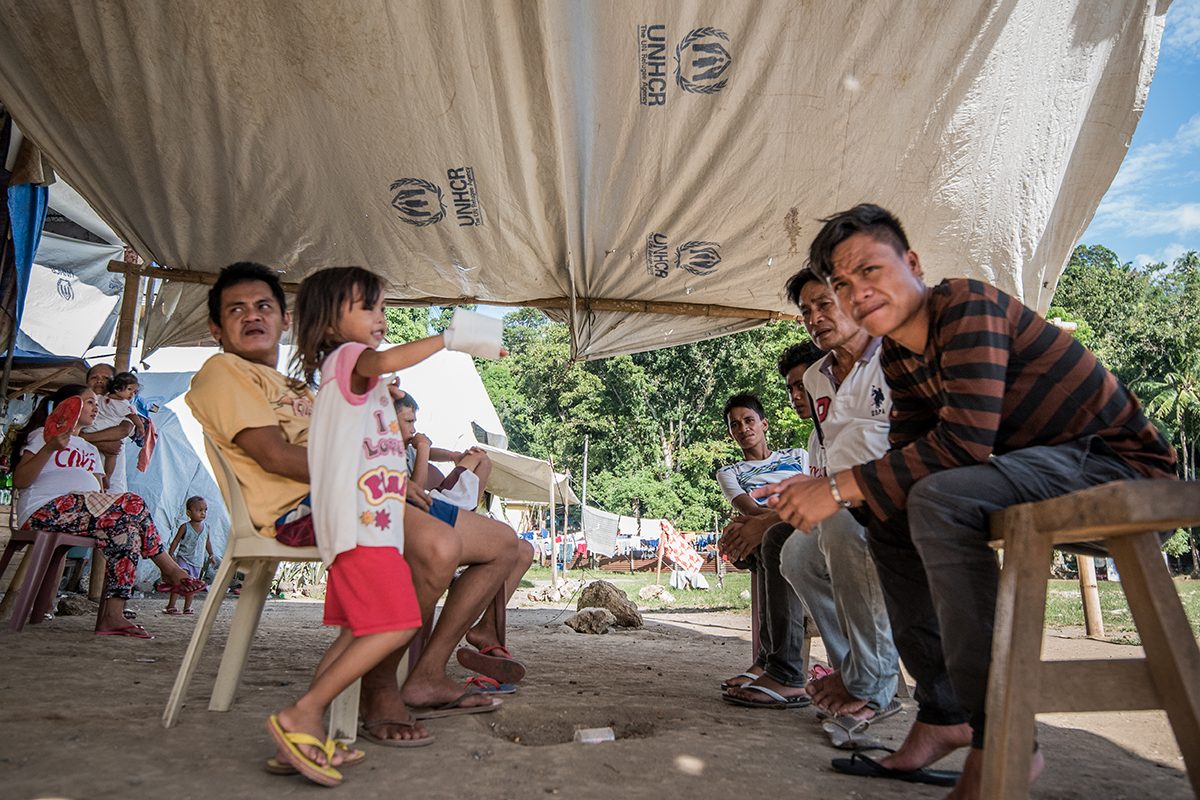
– Rappler.com
With the fighting in Marawi over, we hope you can walk with displaced families and returnees as they begin their journey to recovery and restoration. With your help, we at UNHCR can support more displaced families in need of assistance. Share the gift of hope this season at https://donate.unhcr.ph.
Add a comment
How does this make you feel?
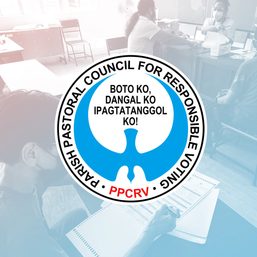
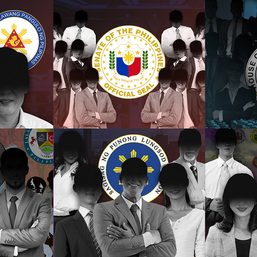

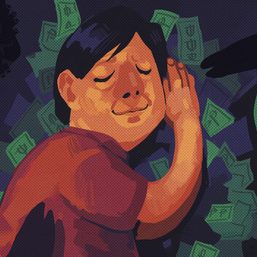
![[PODCAST] Beyond the Stories: Ang milyon-milyong kontrata ng F2 Logistics mula sa Comelec](https://www.rappler.com/tachyon/2021/11/newsbreak-beyond-the-stories-square-with-topic-comelec.jpg?resize=257%2C257&crop_strategy=attention)
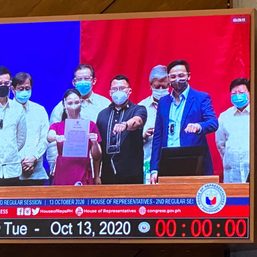
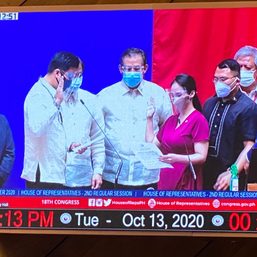
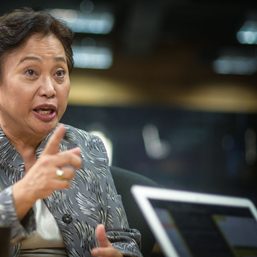
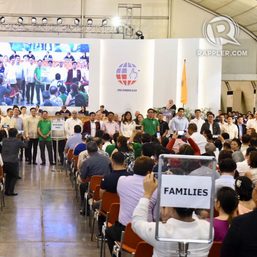
![[Free to disagree] How to be a cult leader or a demagogue president](https://www.rappler.com/tachyon/2024/04/TL-free-to-disagree.jpg?resize=257%2C257&crop_strategy=attention)
![[OPINION] Can Marcos survive a voters’ revolt in 2025?](https://www.rappler.com/tachyon/2024/04/tl-voters-revolt-04042024.jpg?resize=257%2C257&crop=251px%2C0px%2C720px%2C720px)
![[Edgewise] Quo vadis, Quiboloy?](https://www.rappler.com/tachyon/2024/03/quo-vadis-quiboloy-march-21-2024.jpg?resize=257%2C257&crop_strategy=attention)

![[OPINION] Sara Duterte: Will she do a Binay or a Robredo?](https://www.rappler.com/tachyon/2024/03/tl-sara-duterte-will-do-binay-or-robredo-March-15-2024.jpg?resize=257%2C257&crop_strategy=attention)
There are no comments yet. Add your comment to start the conversation.